
How to Use Analog pH sensor kit: Examples, Pinouts, and Specs
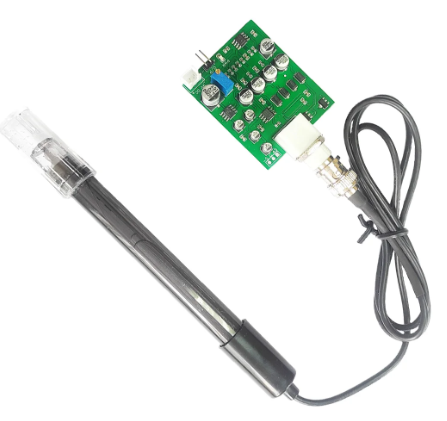
 Design with Analog pH sensor kit in Cirkit Designer
Design with Analog pH sensor kit in Cirkit DesignerIntroduction
The Analog pH Sensor Kit is a device used to measure the pH level of a solution, providing an analog voltage output that corresponds to the pH value. This sensor is commonly used in applications such as water quality monitoring, aquariums, hydroponics, and laboratory experiments. It offers a simple and effective way to measure the acidity or alkalinity of a solution, making it a valuable tool for both hobbyists and professionals.
Explore Projects Built with Analog pH sensor kit
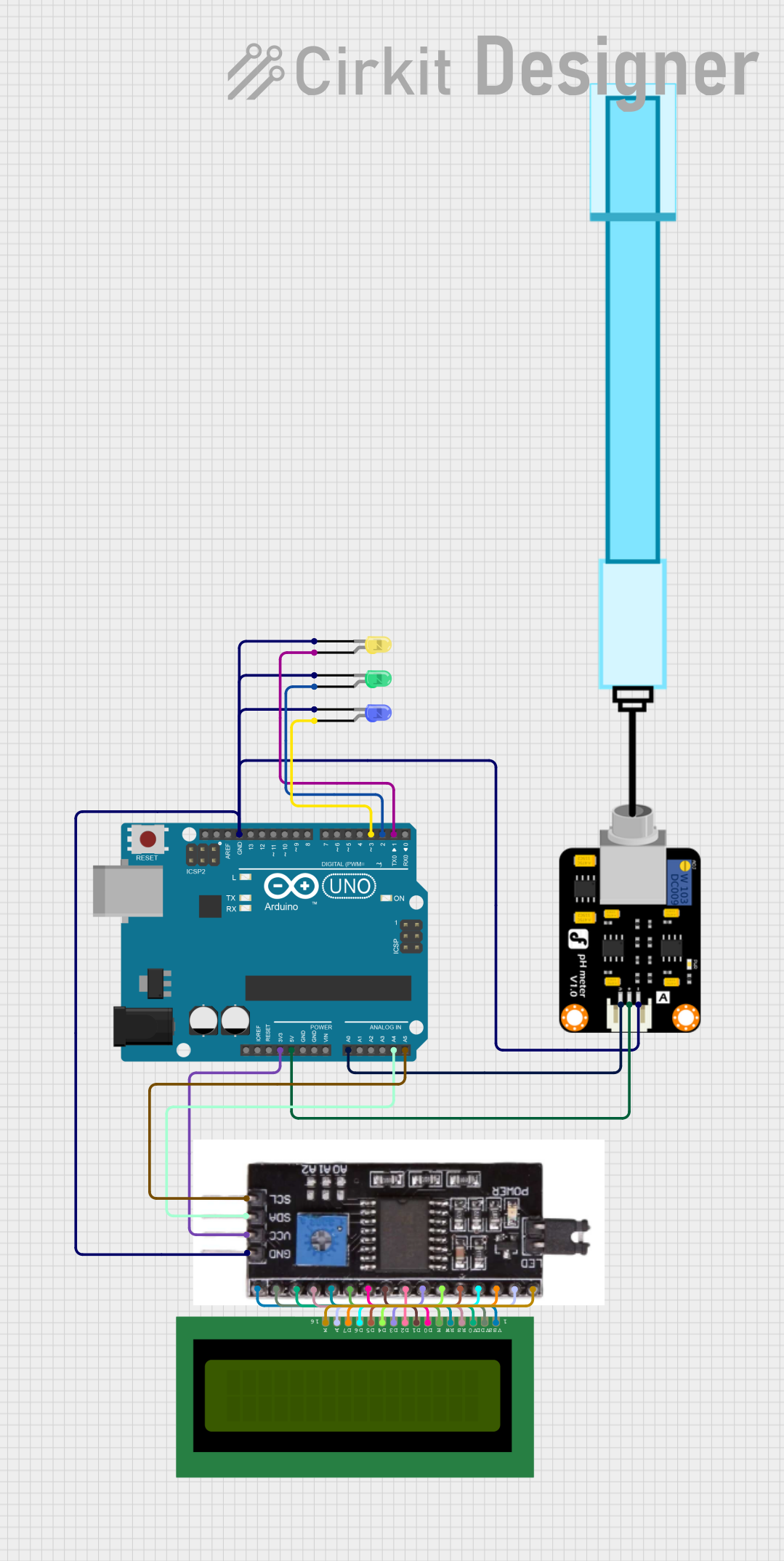
 Open Project in Cirkit Designer
Open Project in Cirkit Designer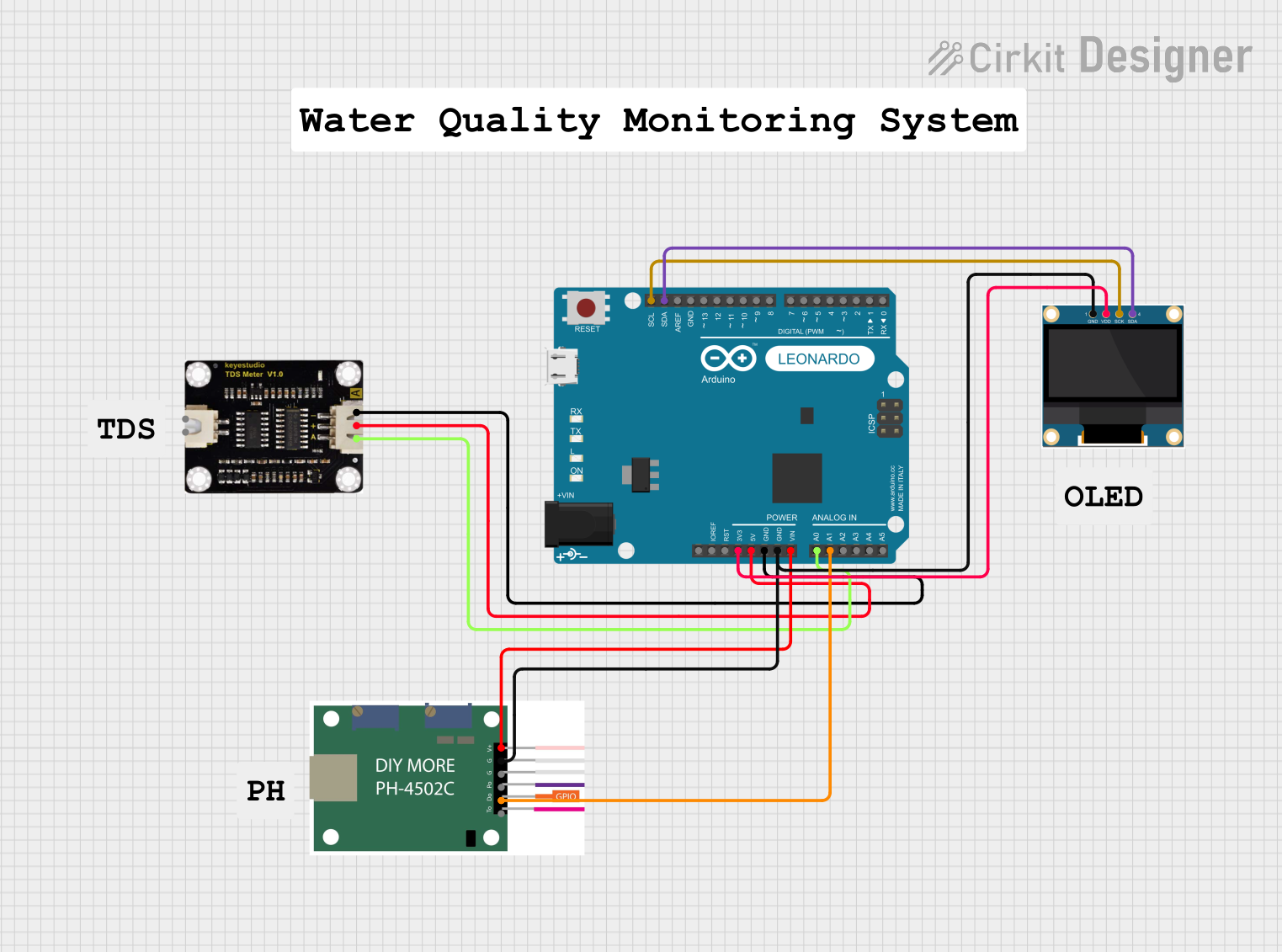
 Open Project in Cirkit Designer
Open Project in Cirkit Designer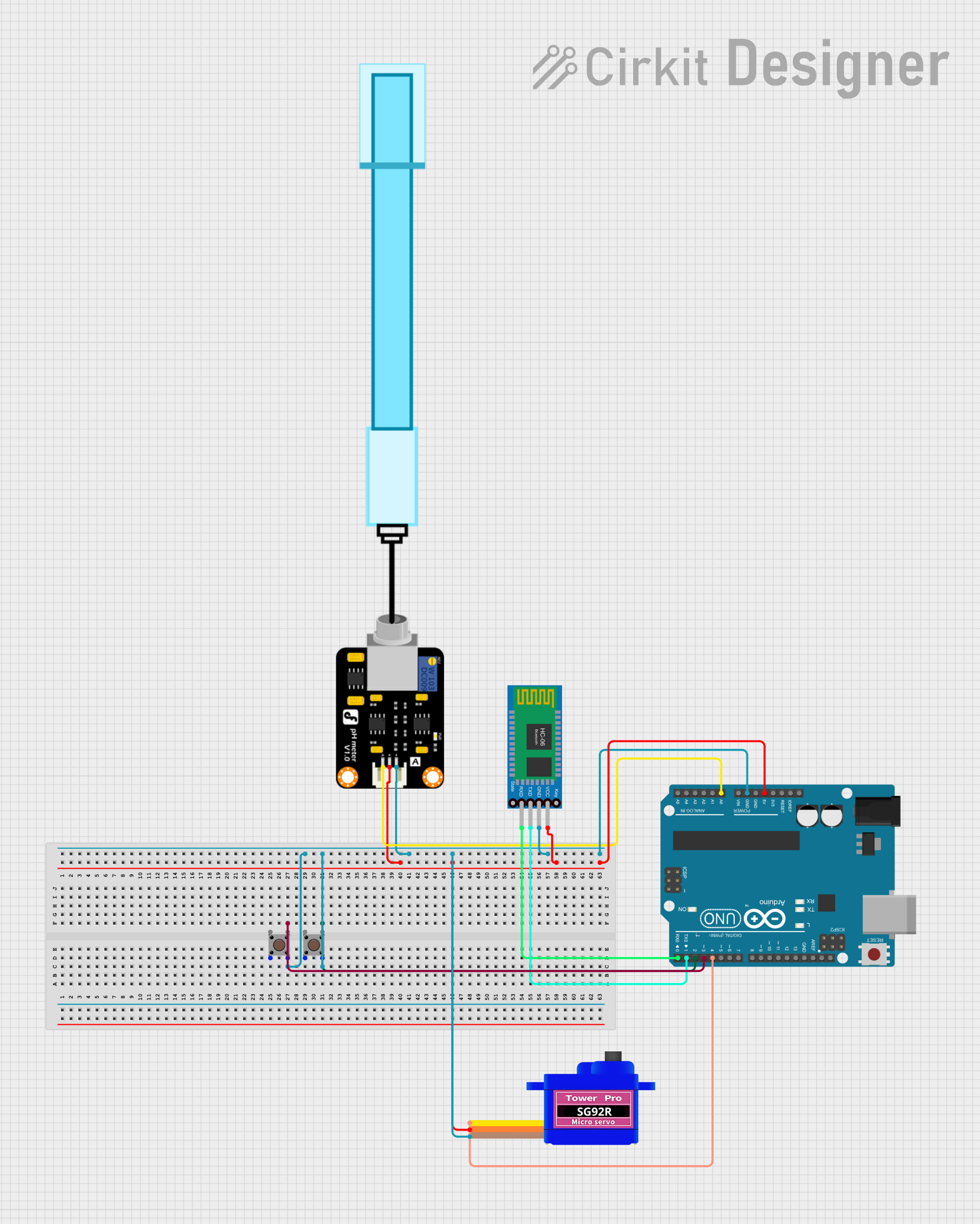
 Open Project in Cirkit Designer
Open Project in Cirkit Designer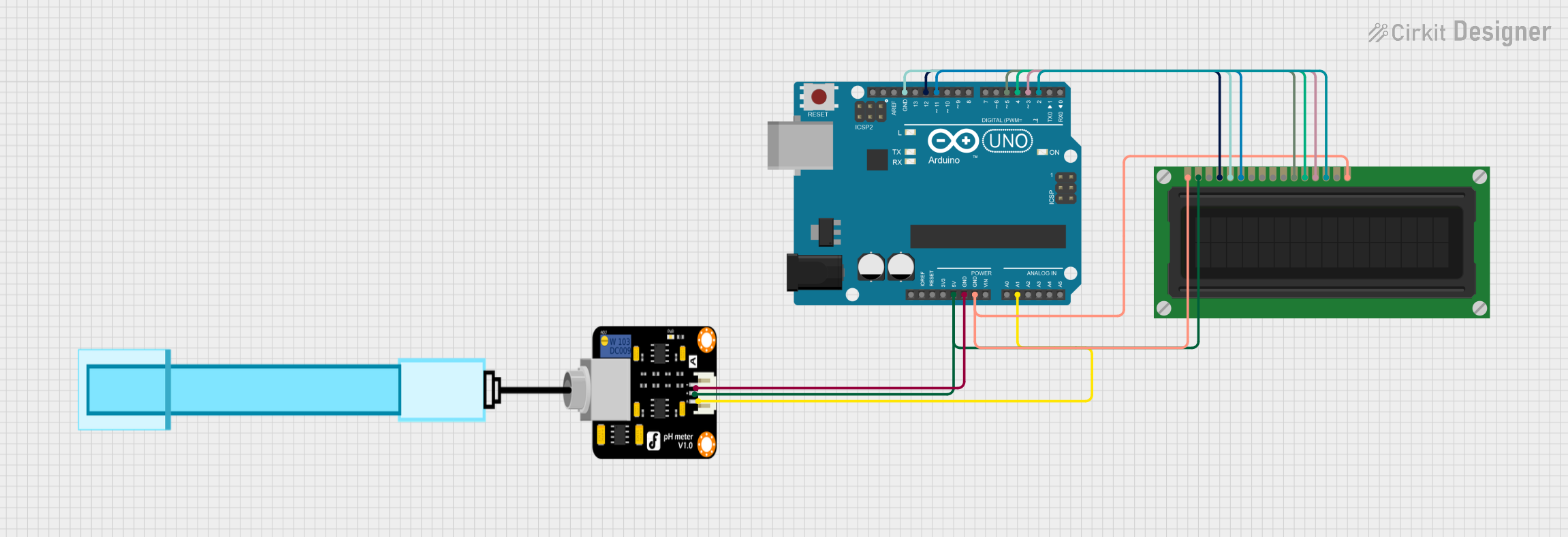
 Open Project in Cirkit Designer
Open Project in Cirkit DesignerExplore Projects Built with Analog pH sensor kit

 Open Project in Cirkit Designer
Open Project in Cirkit Designer
 Open Project in Cirkit Designer
Open Project in Cirkit Designer
 Open Project in Cirkit Designer
Open Project in Cirkit Designer
 Open Project in Cirkit Designer
Open Project in Cirkit DesignerTechnical Specifications
Key Technical Details
| Parameter | Value |
|---|---|
| Operating Voltage | 5V DC |
| Output Voltage | 0-3V (analog) |
| Measurement Range | 0-14 pH |
| Accuracy | ±0.1 pH (at 25°C) |
| Response Time | ≤ 1 minute |
| Operating Temperature | 0-60°C |
| Storage Temperature | -10-80°C |
Pin Configuration and Descriptions
| Pin Name | Description |
|---|---|
| VCC | Power supply (5V) |
| GND | Ground |
| AO | Analog output (0-3V) |
Usage Instructions
How to Use the Component in a Circuit
Connect the Sensor to the Arduino UNO:
- Connect the VCC pin of the pH sensor to the 5V pin on the Arduino.
- Connect the GND pin of the pH sensor to the GND pin on the Arduino.
- Connect the AO pin of the pH sensor to an analog input pin (e.g., A0) on the Arduino.
Calibrate the Sensor:
- Immerse the pH sensor probe in a standard buffer solution (e.g., pH 7.0).
- Adjust the potentiometer on the sensor module until the output voltage corresponds to the pH value of the buffer solution.
Write and Upload the Code:
- Use the following sample code to read the pH value from the sensor and display it on the Serial Monitor.
// Sample code to read pH value from the Analog pH Sensor Kit
const int pHpin = A0; // Analog input pin that the pH sensor is attached to
float voltage, pHValue;
void setup() {
Serial.begin(9600); // Initialize serial communication at 9600 baud
}
void loop() {
int sensorValue = analogRead(pHpin); // Read the analog value from the sensor
voltage = sensorValue * (5.0 / 1023.0); // Convert the analog value to voltage
pHValue = 3.5 * voltage; // Convert the voltage to pH value (calibration factor)
Serial.print("Voltage: ");
Serial.print(voltage);
Serial.print(" V, pH Value: ");
Serial.println(pHValue);
delay(1000); // Wait for 1 second before taking another reading
}
Important Considerations and Best Practices
- Calibration: Regularly calibrate the sensor using standard buffer solutions to ensure accurate readings.
- Cleaning: Rinse the pH probe with distilled water after each use to prevent contamination.
- Storage: Store the pH probe in a storage solution or buffer solution to maintain its sensitivity and accuracy.
- Temperature: Be aware of the operating temperature range (0-60°C) to avoid damaging the sensor.
Troubleshooting and FAQs
Common Issues Users Might Face
Inaccurate Readings:
- Solution: Ensure the sensor is properly calibrated using standard buffer solutions. Check for any contamination on the probe and clean it if necessary.
No Output or Fluctuating Readings:
- Solution: Verify all connections are secure and correct. Ensure the power supply is stable and within the specified range (5V DC).
Slow Response Time:
- Solution: Allow the sensor to stabilize in the solution for at least 1 minute before taking readings. Ensure the probe is fully immersed in the solution.
Solutions and Tips for Troubleshooting
- Check Connections: Ensure all connections are secure and correctly aligned with the pin configuration.
- Calibrate Regularly: Regular calibration with standard buffer solutions is essential for maintaining accuracy.
- Clean the Probe: Rinse the probe with distilled water after each use to prevent contamination and ensure accurate readings.
- Use Fresh Solutions: Use fresh buffer solutions for calibration and avoid using expired or contaminated solutions.
By following these guidelines and best practices, users can effectively utilize the Analog pH Sensor Kit for accurate and reliable pH measurements in various applications.